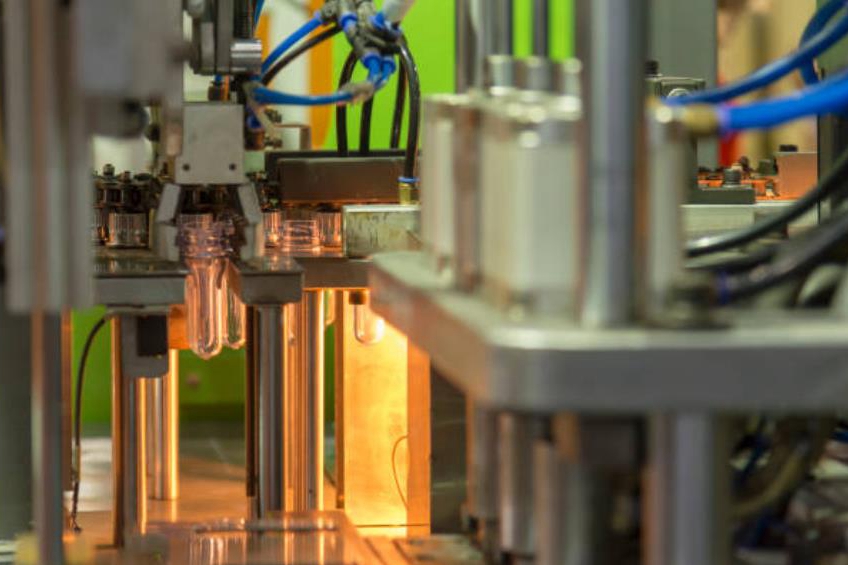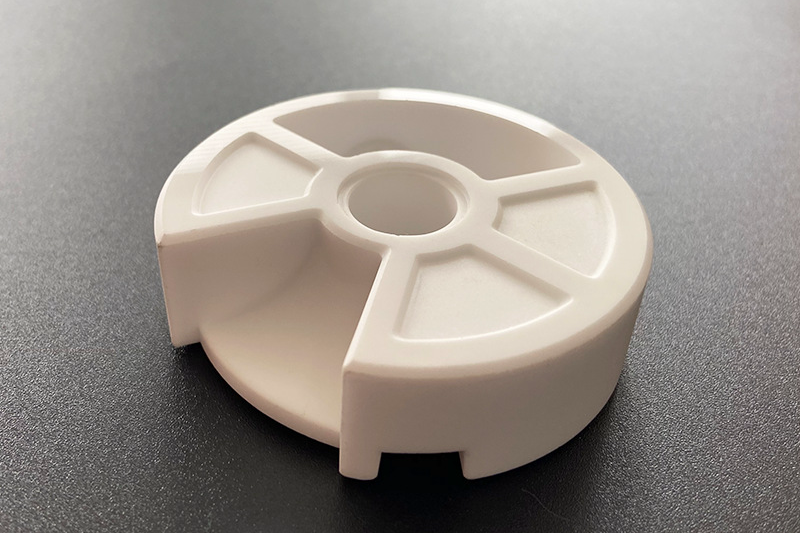Which materials are best suited for both a metallic appearance and electrical insulation?
Key Requirements for Metallic-Look, Electrically Insulated Housings
When selecting materials for housings that must deliver both a metallic appearance and strong electrical insulation, engineers must consider dielectric strength, thermal stability, cosmetic expectations, and processing efficiency. At Neway, these components are typically validated through early-stage prototyping services and then transitioned into scalable processes such as injection molding or overmolding, depending on functional requirements. Achieving a metallic look without compromising insulation typically involves the use of high-performance engineering plastics combined with optimized surface finishing.
Top Manufacturing Processes for Metallic-Style Insulated Housings
Topic | Description | Data-Supported Notes |
|---|---|---|
Many housings with a metal-like aesthetic are produced using plastic injection molding due to its design freedom and excellent surface consistency. | • Typical tolerance: ±0.05–0.1 mm • Wall thickness for metal-like finishes: 1.0–2.5 mm • Texture options: MT11010–MT11060, VDI 12–30 • Suitable for volumes >5,000 pcs | |
Components requiring multi-material structures often use insert molding to integrate reinforcement without compromising electrical insulation. | • Insert alignment accuracy: ±0.05 mm • Metal insert thickness: 0.3–3 mm • Pull-out strength improvement: 30–80% vs. plastic-only • Electrical isolation maintained >10⁹ Ω | |
For specialized aesthetics or thin-walled enclosures, overmolding enables soft-touch or dual-color effects while maintaining electrical isolation. | • Overmold layer thickness: 0.5–1.5 mm • Bond strength: 5–12 MPa (TPU-PC/ABS) • Dual-color tolerance stack-up: ±0.1 mm • Ideal for consumer electronics and handheld tools | |
High-detail geometries can be validated quickly through CNC machining prototypes before committing to mold fabrication. | • Dimensional precision: ±0.01–0.03 mm • Surface finish: Ra 0.4–1.6 μm (depending on material) • Prototype lead time: 1–3 days • Ideal for verifying thin ribs, snap-fits, and metal-look surface transitions |
Recommended Materials for Metallic Appearance + Electrical Insulation
A variety of engineered polymers provide metallic aesthetics through pigmentation, plating-safe chemistry, or post-processing:
• ABS – A popular choice for consumer housings thanks to excellent surface finish and plating compatibility. ABS supports bright metallic paints or vacuum metallization while maintaining strong electrical insulation.
• PC (Polycarbonate) – Ideal for higher-impact housings requiring transparency or coated metallic finishes. Polycarbonate (PC) provides dimensional stability and insulation while supporting metallic coatings.
• PC-ABS – A strong balance between strength and premium finish quality. PC-PBT and PC-ABS blends offer excellent paint adhesion for metallic effects and robust dielectric performance.
• PEEK – For high-temperature or extreme environments. PEEK gives exceptional insulation and can be surface-finished to a metal-like appearance for specialized applications.
• PPS – Naturally heat-resistant and dimensionally stable. PPS supports coatings while delivering strong electrical performance.
• Ultem (PEI)– When housings must withstand heat, electrical stress, and structural load, Ultem (PEI) is ideal for plating-safe metallic coatings.
Surface Treatment Options for Metal-Look Finishes
Visual performance is often achieved through controlled finishing methods. A uniformly smooth as-machined finish works well for CNC prototypes, while mass-production enclosures often utilize a premium painting process to achieve brushed, matte, or glossy metallic colors. Thermal durability can be enhanced using thermal coating or heat-resistant metallic blends, depending on the environment.
Industries Commonly Using Metallic-Look Insulated Housings
In consumer electronics, ABS and PC-ABS housings deliver the metallic appearance expected in modern devices while ensuring insulation for internal circuitry. The telecommunications industry favors PC and PPS for EMI-sensitive equipment that requires stable dielectric performance. In medical device applications, Ultem and PEEK offer biocompatibility and high reliability, supporting metallic aesthetics without compromising electrical safety.
Meta description
Explore the ideal materials for metallic-looking housings that require electrical insulation, including ABS, PC, PC-ABS, PEEK, PPS, and PEI, along with advanced molding and finishing options.
Keywords
metallic look plastic housings, insulated plastic materials, ABS metallic finish, PC housing insulation, PC-ABS enclosures, PEEK insulated housings, PPS metallic appearance, plastic housing material selection



